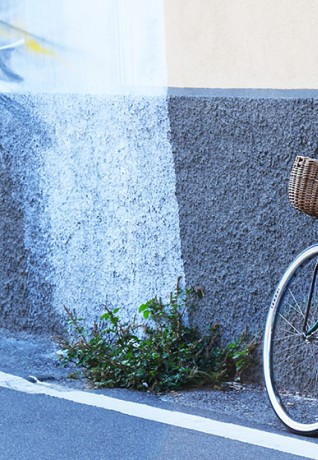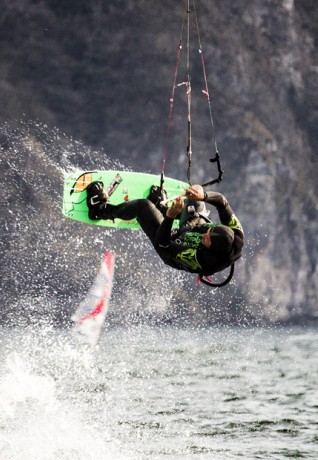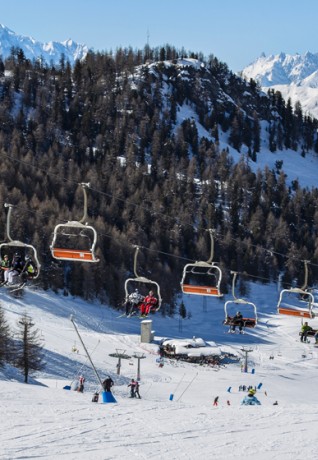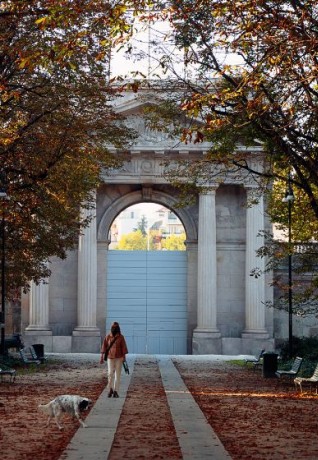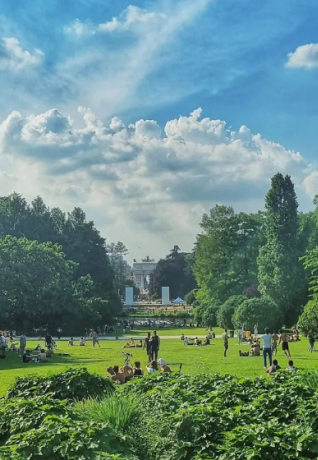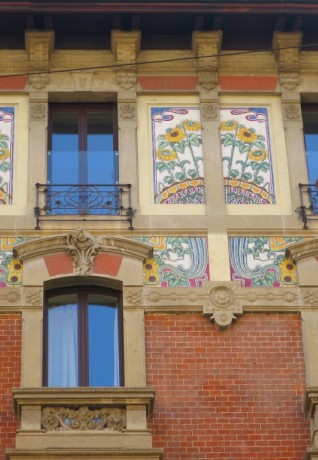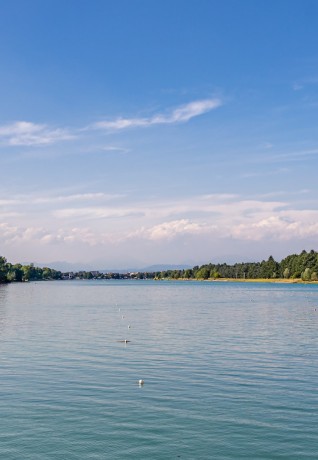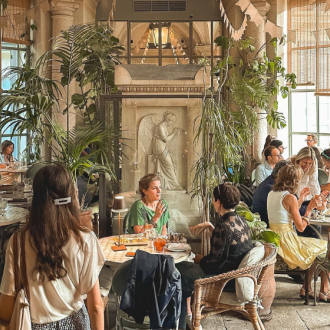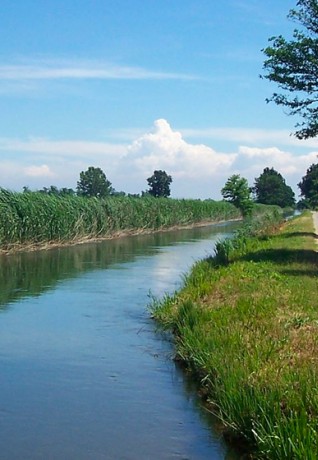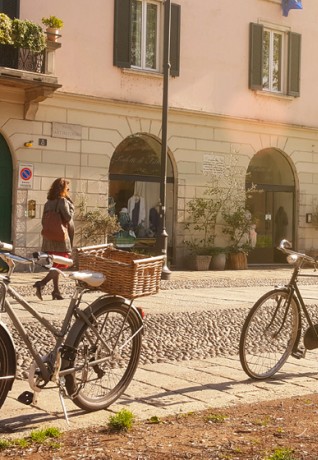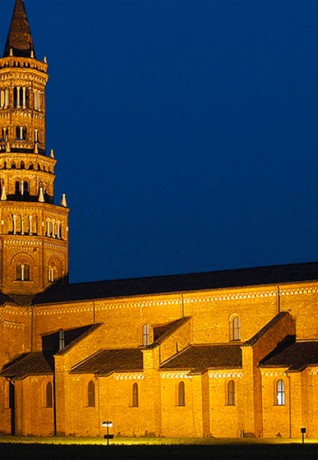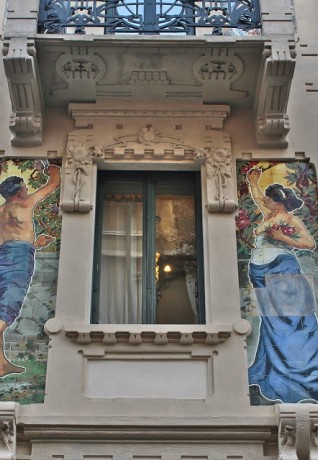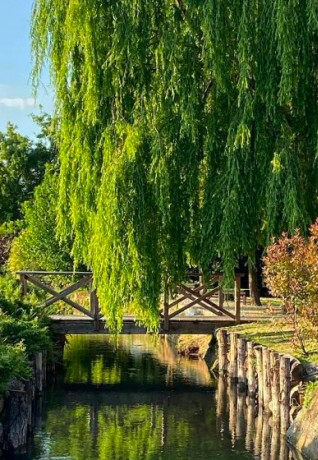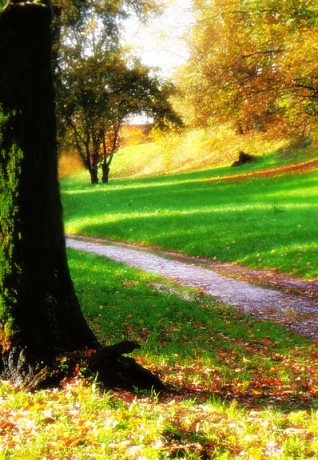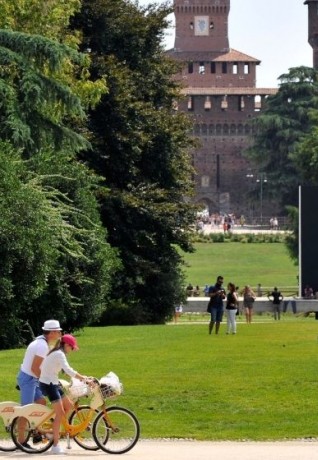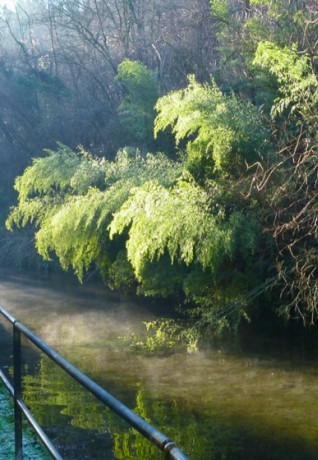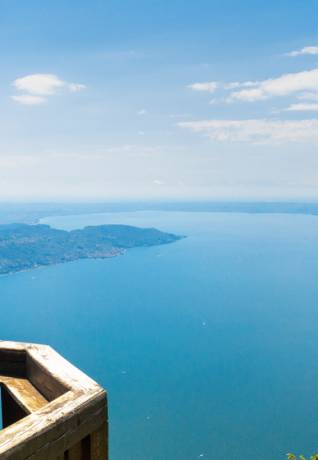Wildlife Oases near Milan
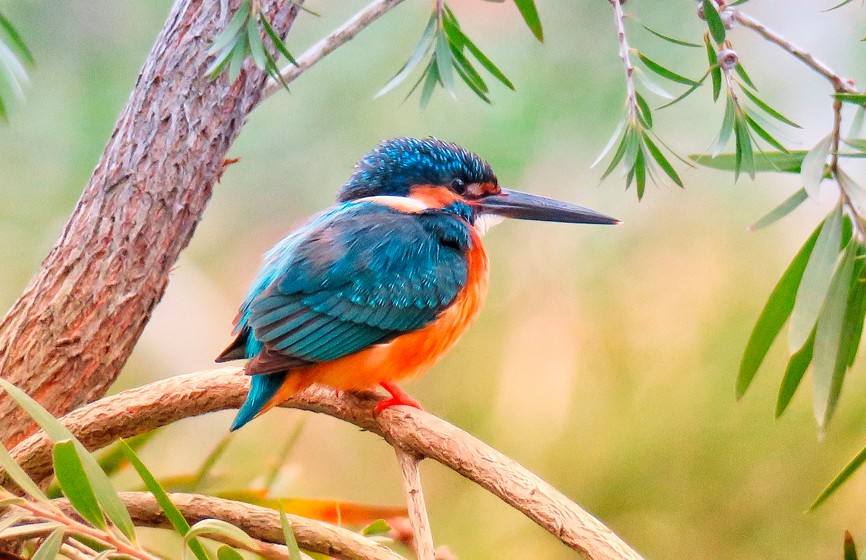
- WWF Oasis "Bosco di Vanzago" (MI)
- WWF Oasis “Le Foppe” – Trezzo sull’Adda
- WWF Oasis “La Fornace” – Trezzo sull'Adda
- Oasi WWF “Della Martesana” - Pozzuolo Martesana/Melzo
- Sant’Alessio con Vialone naturalistic oasis (PV)
- Le Cornelle Faunistic Park - Valbrembo ( BG)
- Aprica Alpine Eco-faunistic Observatory (SO)
If you love nature and want to spend a day observing both indigenous and exotic animals without having to stray too far from Milan, here are some great Oases and Eco-faunal Observatories to visit.
The Vanzago WWF Oasis is a protected natural area located about 30km from Milano.
This reserve offers a tranquil environment rich in biodiversity where the woods, wetlands and a variety of flora and fauna all coexist.
It also hosts a Wildlife Rescue Center (CRAS), where injured or distressed animals are cared for and, if possible, reintroduced into their natural habitat.
Visitors to the Vanzago WWF Oasis must be part of a guided tour or an organized activity, as free access is not permitted. This is to ensure the animals’ tranquillity and the preservation of the environment.
Guided tours are available every Saturday and Sunday. The oasis also offers educational programs for schools and summer and winter camps for children.
Dogs are not allowed, even if on a leash.
The term foppa in Milanese dialect refers to a ditch filled with water.
The foppe present in this WWF Oasis were previously manmade kilns for extracting clay to manufacture bricks, a process which was discontinued many years ago.
Indeed, the WWF Oasis, is situated in an area where reddish clayey sediments formed by the Adda glacier occur.
Thanks to the constant presence of water due to abundant spring and autumn precipitation and to the good impermeability of the clay subsoil, which tends to hold the rainfall at a high average winter temperature (3°C), an environment suitable for welcoming an abundant biodiversity has been created.
The land is mainly of botanical (particularly for its aquatic flora) and ornithological interest: the existing bird species range from the falco pecchiaiolo (honey buzzard), to the martin pescatore (kingfisher), cinciarella (chaffinch), fringuello (blue tit), picchio rosso maggiore (great spotted woodpecker) and the allocco (tawny owl).
A new green lung, and another WWF biodiversity gem, at a distance of 300m from the ‘le Foppe’ Oasis, will open to the public on February 6th 2022.
Guided tours of the nature reserve are scheduled for this date to raise awareness of the re-naturalisation work of the former Adda furnace that has made the Oasis a refuge for numerous species of birds and other creatures.
Amongst the guests at the reserve are the tritone crestato (crested newt), a European protected species of amphibian and, of ornithological interest, the airone cinerino (grey heron) and the tuffetto (little grebe).
The Martesana Oasis is a naturalistic landscape of over 30 hectares, divided between the municipalities of Pozzuolo Martesana and Melzo, adjacent to Cascina Galanta.
The area was previously used as a sand and gravel quarry for the construction of the TEEM motorway (East Milan outer ring road).
When the excavations were discontinued the landscape underwent environmental recovery and the wetland was partially redeveloped.
The oasis has sloping banks leading to a steep vertical descent towards the maximum water depth (over 25m in the central part).
This conformation has enabled the creation of a submerged aquatic vegetation habitat and, for the same reason, the reservoir has proved to be an exceptional attraction for many species of birds who have chosen it as an area for resting, prolonged wintering, food supply or nesting.
There are 110 species of feathered creatures including sedentary, wintering and migratory birds.
In 2019 the basin was classified as Lombardy’s second most important site for the number of pochards (a species of duck rarely found in Italy), with over 400 specimens in the period of maximum presence.
There are also numerous species of amphibians, dragonflies and butterflies, some of great naturalistic interest.
Via Cadorna 2, Sant’Alessio con Vialone (PV)
The Sant’ Alessio naturalistic oasis - which lies around the eponymous historic fifteenth-century castle - is a short distance from Milan (25 km) and is also close to Pavia and the Certosa Monastery.
It is one of the most famous nature reserves in Italy and provides special opportunities for study or research as it is managed for the purposes of conservation of many bird species.
Although it is one of the smallest nature reserves in Europe it is the most visited in Italy and is ranked third worldwide for visits by naturalist photographers.
It is a beautiful and protected area of importance for observation itineraries on flora and, particularly, fauna.
The park was created over forty years ago as a breeding ground and sanctuary for endangered species and, thanks to a meticulous environmental reconstruction with ponds, groves, hedges and lowlands, an unbelievably rich and varied population of wild animals have taken up residence here.
Every year dozens and dozens of rare indigenous animals leave the park, fundamental for the environment as they are specially bred to repopulate nature. Walking through the paths, entirely immersed in the trees, you can spot a wide variety of animals, from European to tropical birds, mammals, reptiles and fish. There are three different trails: European, Tropical and Butterfly & Hummingbirds. Those who want to spend the whole day in the oasis can chose from the menu at the indoor bar or enjoy a packed lunch in the picnic area.
Via Cornelle 16, Valbrembo (BG)
Le Cornelle Faunistic Park can be found approx. 50 km from Milan and 10km from Bergamo; it is one of the most-loved by children with its 126,000 m2 of greenery available to the animals and to those who want to get to know them.
The park hosts about 120 species of animals, including mammals, birds and reptiles; species from all continents are protected within special environments that recreate their natural habitat.
Conservation, research and education are the key values that the park deems fundamental for its activity.
Thanks to the simple fences and low barriers visitors can get as close as possible to the animals’ spaces. So if you want to see elephants, cheetahs, giraffes, kangaroos this is the place for you!
Entry to the park is strictly by foot and, following a set itinerary, you can observe animals from all over the world; visitors are greeted at the entrance by the wonderful sight of flocks of birds flying free.
The numerous births of endangered species are a testament to the authentic quality of life in the park. As for the catering, in addition to numerous outdoor and indoor picnic areas, there are several dining options inside the park where you can take a restorative break in the open air surrounded by greenery.
Aprica (SO)
The Aprica Alpine Eco-Faunistic Observatory is located within the Orobie Valtellinesi Park and is a unique structure of its kind as it enables visitors to experience the thrill of observing animals in freedom, approaching them up to within a few metres, without protection nets and in complete safety.
It is an area of over 25 hectares containing an equipped, easy-to-follow educational-naturalistic itinerary along which the visitor has the opportunity to learn about nature and to observe most of the animal species and plants present in the park: chamois, ibexes, roe deer, raptors, tits, squirrels and small amphibians populate this naturalistic area which is a destination for visitors from all over Europe.
The Brown Bear of the Alps wildlife area hosts two specimens, observable from some strategic points.
Access to the Observatory is possible all year round but only by participating in the guided tours organised along the equipped educational-naturalistic itinerary.
The tours start from the entrance located upstream, using the Palabione chair lifts, and descends for a short distance.
The visits are open to all but, so as not to disturb the animals in the area, numbers are limited and reservations are mandatory at the Aprica Tourist Office.

 Log in
Log in


